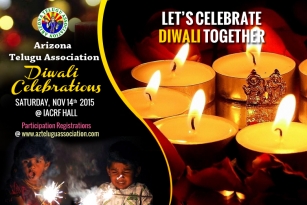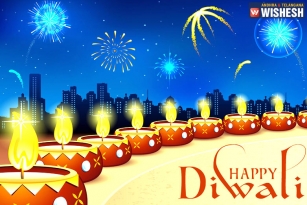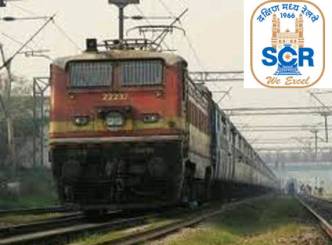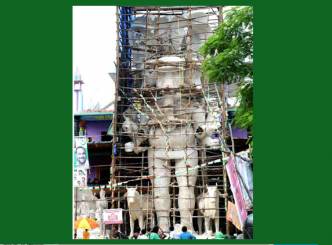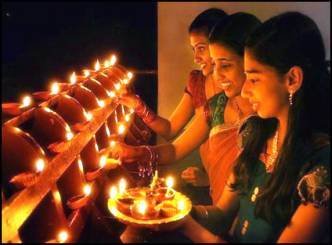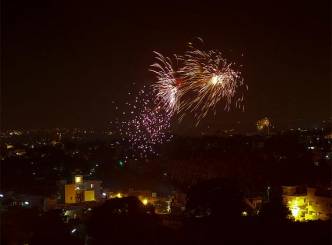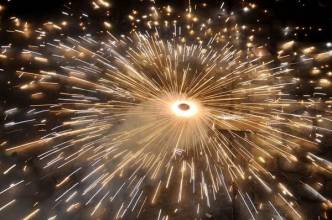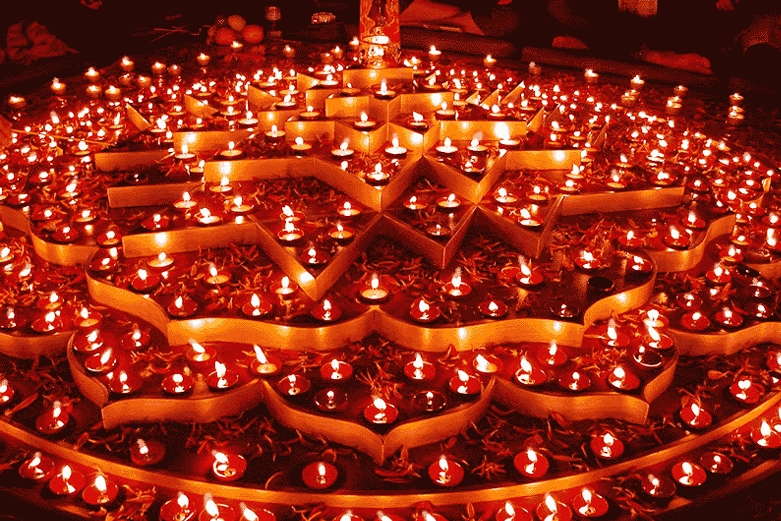
As Autumn arrives, people welcom the season of festivals. Every year people celebrate Diwali also called as Deepavali. It is the most celebrated among the several Hindu festivals in India.
In countries like India, Pakistan,Malaysia, Mauritius, Myanmar, Nepal, Singapore, Sri Lanka, Fiji, Guyana, Suriname, Trinidad and Tobago it is an official holiday.
It is the biggest and the brightest one. Deepavali, is a four days of celebration. It is identified as the festival of lights. As the name indicates ‘Deep’ means light and ‘Avali’ means a row, i.e., a row of lights.
This year Diwali falls on Sunday, October 30, 2016. Though the festival is celebrated by different people in different traditions, the intention of all such celebrations, is to enjoy thoroughly.
Origin of Deepavali
The history has different versions for Deepavali. Some say that, it is the celebration of lord Vishnu marriage with Lakshmi Devi.
But in Bengal, people celebrate it to the worship of Mother Kali. On the contrary, Lord Ganesh is worshipped in most Hindu homes on this day. Whereas in Jainism, Deepavali has an added significance to the great event of Lord Mahavira, attaining the eternal bliss of nirvana.
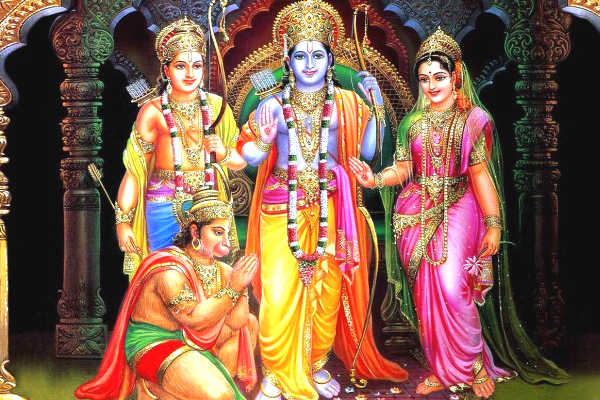
Above all, the widely believed thing is, Diwali is celebrated after Lord Rama returned to Ayodhya, along with Sita and Lakshmana, from his fourteen year long exile, after vanquishing the demon-king Ravana.
Four days of Deepavali festival
As told before, Deepavali being the four days festival, has its own tale for each day. The first day of the festival is called Naraka Chaturdasi, that marks the vanquishing of the demon Naraka by Lord Krishna and his wife Satyabhama.
The second day of Deepavali, which is on Amavasya, marks the worship of goddess Lakshmi. Amavasya also tells the tale of Lord Vishnu, who in his dwarf incarnation, vanquished the tyrant Bali, and banished him to hell.
In this order, Bali was allowed to return to earth once in a year, to light millions of lamps to dispel the darkness and ignorance, and thus spread the radiance of love and wisdom.
Coming to the third day of Deepavali, i.e, on ‘Kartika Shudda Padyami’, Bali stepped out of the hell and ruled the earth, as per the boon, offered by the Lord Vishnu.
Finally, the fourth day is called as Yama Dvitiya. It is on this day, sisters invite their brothers to their homes.
Rituals of Deepavali
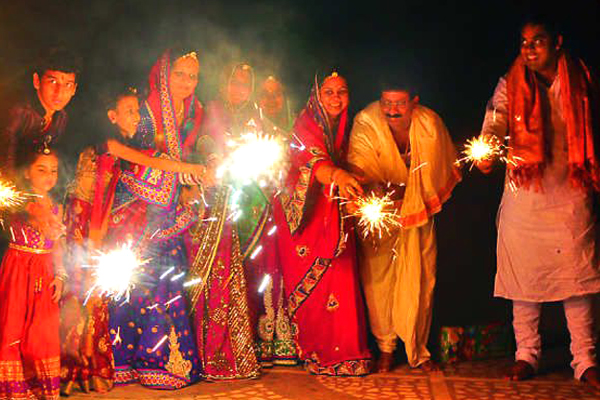
When something should be talked about the rituals of Deepavali, the first thing that comes into the mind, is crackers and lights. The illumination of homes with lights and the skies with firecrackers is an expression of obeisance to the heavens for the attainment of health, wealth, knowledge, peace and prosperity.
The sound of the firecrackers, is believed to be the indication of the people’s joy, making the gods aware of their plentiful state. Another interesting belief is, the fumes produced by the crackers, kills insects and mosquitoes, found in plenty, after the rains.
Gambling tradition in Deepavali
On Deepavali, Goddess Parvati played dice with her husband Lord Shiva, and she decreed that whosoever gambled on Diwali night would prosper throughout the ensuing year.
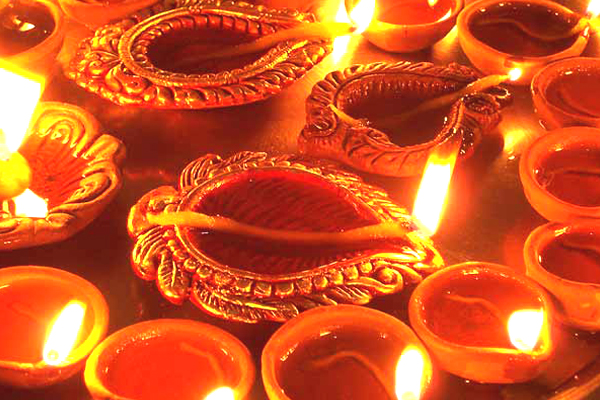
Deepavali is celebrated across the world, with the great interest. Especially, outside India, it is more than a Hindu festival. It is a celebration of South-Asian identities.
The lights that, illuminate our homes, gives the new hope in our lives. So hope everybody would enjoy the festival to the fullest.
Andhrawishesh.com wishes a very happy Deepavali, to all our readers
By Phani Ch














